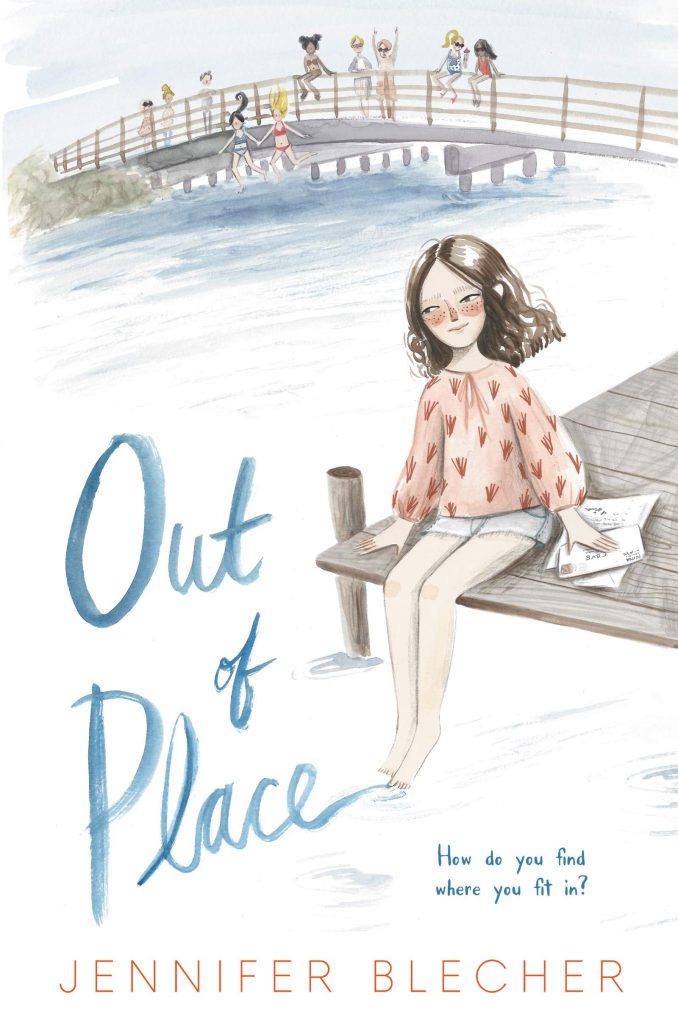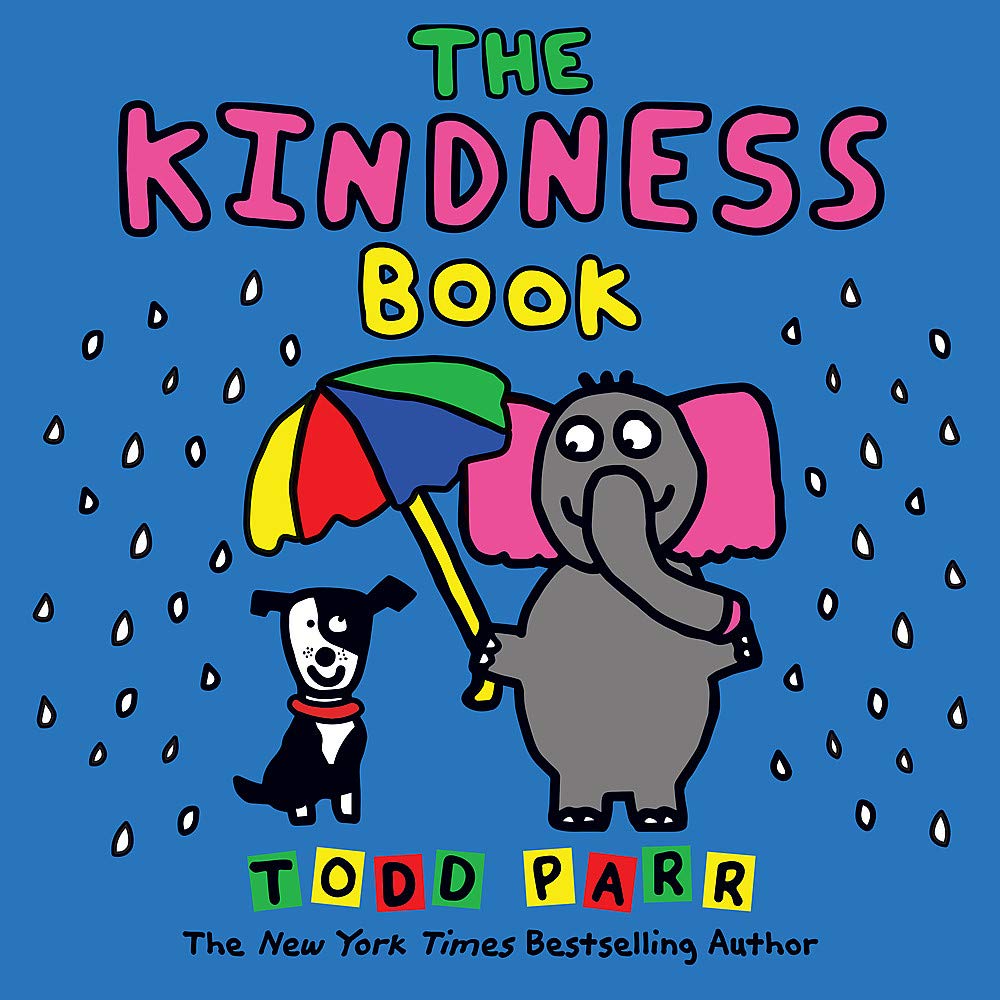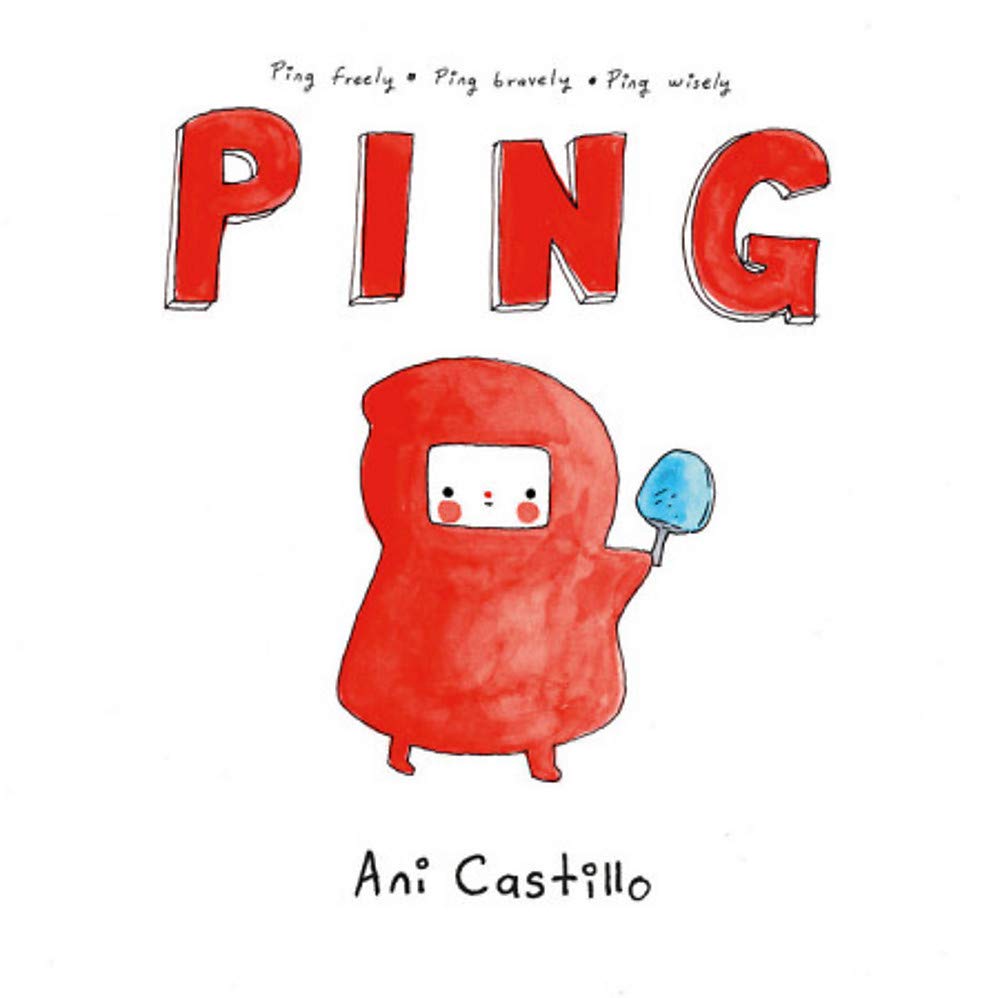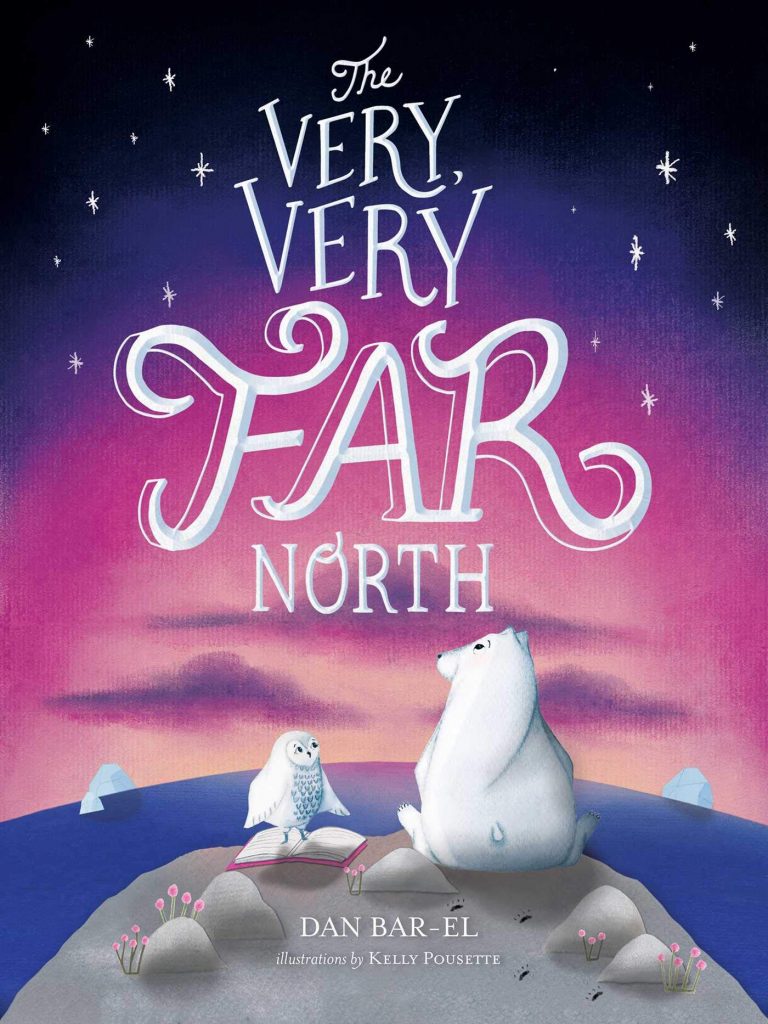
For my final course towards my Diploma in Teacher Librarianship, I feel like this was a good course to end with. This course allowed me to delve deeper into many concepts and digital tools that I had come across in earlier courses but hadn’t had a chance to explore enough to feel confident to apply in my teaching practice. In addition, it was interesting to me that many of the modules coincided with what I was teaching, seeing or needing at that exact time. For example, in having more exposure and exploring multi-modal texts, I started to notice different ways children were expressing their learning, including my own children. I think by being aware of the significance of ways that children express their learning and acknowledging what they are doing encourages them to build on their thinking and their creations. At the time of reading the article “Becoming Multimodal: Literacy In and Beyond the Classroom”, I noticed that my eight-year-old daughter was creating a “diary” in the style of “The Owl Diaries”. I’m not sure if I would have noticed exactly what she was doing or why if I hadn’t read that article. Additionally, I really enjoyed reading the blog post by Shveta Miller, “The surprising benefits of student-created graphic novels” as I really try to encourage classroom teachers to accept graphic novels as beneficial literature to students and teach students more skills in comprehension for graphic novels. After reading this article, I began talking to classes about graphic novels and realized that many teachers and students thought graphic novels and illustrated novels were the same. This sparked further discussion and I was able to apply some of the concepts presented by Miller such as the frame and gutter. I would like to read the book that she suggested Understanding Comics by Scott McCloud to get more ideas to help with more graphic novel studies in classes.
Through the readings, I also found and was inspired by different text suggestions such as “The Naked Mole Rat Gets Dressed” by Mo Willems. At the time of reading the article “The King of Denmark and the Naked Mole Rat: Teaching Critical Thinking for Social Justice ” by Danielle McLaughlin, I was featuring Mo Willems as the author of the month in the LLC for “Mo”vember. Of course, I purchased it for the school right away and I shared it with all of the classes. I know this book was suggested in relation to social justice issues, which can clearly be a discussion point, but I also found it great to discuss diversity and make non-fiction connections and inquiry lessons for!
As well, I previously found and heard about web tools such as Symbaloo and Padlet but I hadn’t had the opportunity to try them until this course. I am grateful that there was a learning log question to try out Symbaloo as after I created one, I shared it with classes through Microsoft TEAMS. In addition, for a student inquiry on owls with one class, I used a combo of Symbaloo and Padlet; I created a Symbaloo with specific owl sites and then posted a link to a Padlet in their TEAM so they could post their learning on the Padlet after finding it through Symbaloo. The students loved seeing their post come up on the Padlet and I liked the fact that I could approve it before it was posted. In using these platforms, I have had great feedback from teachers and students and have teachers who want to try and create their own.
In addition, I have always wanted to incorporate a specific maker space area in my LLC but I always felt like I wanted it to have a specific purpose. The “StoryMaking” resource was incredibly motivating for me and I am excited to use the concepts and share it with my staff; I know specific teachers who will be very interested in it. I plan to use the ideas I outlined in my assignment 3 to create makerspace(s) in my LLC and try out StoryMaking units with many classes. I shared my assignment 3 with my principal and professional development committee as well and it is in future professional development plans for me to share with staff. I have always thought that I should do a professional development presentation to staff in connection with inquiry-based learning but didn’t have the time or opportunity to create a well-prepared presentation. So, I am also glad that this assignment motivated me to create a document that I feel confident and proud to share with my staff.
Teacher Librarian advocacy has always been a bit difficult for me. Of course I feel strongly that Teacher Librarians and the proper use of the Library Learning Commons are essential to student and school success. In addition, I know that Teacher Librarians need to be prepared to advocate for our positions and the importance of the LLC but I have never felt fully prepared with specific points to defend my position. After writing learning log #4 and thinking through my points, I feel like I would be able to support my position with evidence and research because when challenged, it is always best to have specific support.
At the beginning of taking courses towards the Diploma in Teacher Librarianship, I felt like I was technologically literate but I was only submitting my assignments in WORD documents! Then, in the first course where I was required to create a blog, I was terrified and didn’t want to do it, now it is my preferred way to submit my work, as you may have noticed! There were times when I felt like quitting but I am glad I completed all ten courses because I do feel fully prepared to be a Teacher Librarian who can be an educational leader. Now, I will be continuing to use all of this accumulated learning in my practice.
Works cited:
Compton, M., & Thompson, R. (2018). Storymaking: A Maker Movement Approach to Literacy for Early Learners [Ebook]. Redleaf Press.
Lenters, K. ( 2018). Becoming Multimodal: Literacy In and Beyond the ClassroomLinks to an external site. The Reading Teacher, 71( 6), 643– 649.
McLaughlin, D. (July 5, 2012). “The King of Denmark and the Naked Mole Rat: Teaching Critical Thinking for Social Justice”. EdCan Network. Retrieved from:https://www.edcan.ca/articles/the-king-of-denmark-and-the-naked-mole-rat-teaching-critical-thinking-for-social-justice/.
Miller, S. (July 21, 2019). “The surprising benefits of student-created graphic novels.” Cult of Pedagogy. Retrieved from: https://www.cultofpedagogy.com/student-graphic-novels/.
Quote Master. (2020). Teacher Librarians [Image]. Retrieved 29 November 2020, from https://www.quotemaster.org/teacher+librarians#&gid=1&pid=8.
















